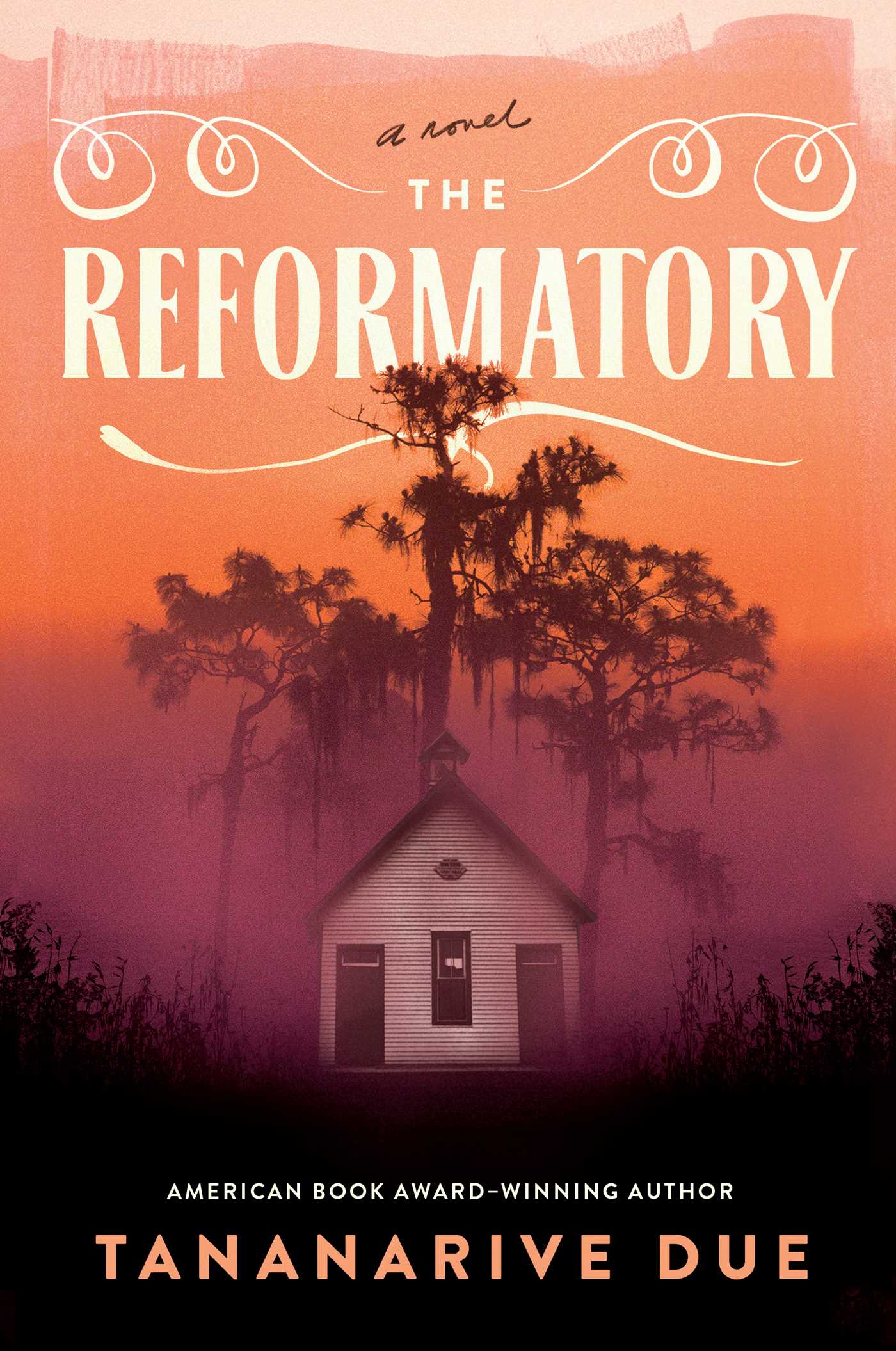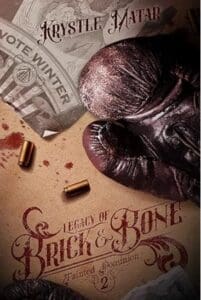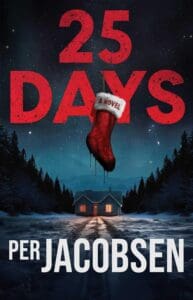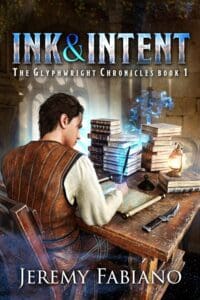
Synopsis
Twelve-year-old Robbie Stephens, Jr., is sentenced to six months at the Gracetown School for Boys, a reformatory, for kicking the son of the largest landowner in town in defence of his older sister, Gloria. So begins Robbie’s journey further into the terrors of the Jim Crow South and the very real horror of the school they call The Reformatory.
Robbie has a talent for seeing ghosts, or haints. But what was once a comfort to him after the loss of his mother has become a window to the truth of what happens at the reformatory. Boys forced to work to remediate their so-called crimes have gone missing, but the haints Robbie sees hint at worse things. Through his friends Redbone and Blue, Robbie is learning not just the rules but how to survive. Meanwhile, Gloria is rallying every family member and connection in Florida to find a way to get Robbie out before it’s too late.
Review
For weeks I have been hearing about ‘The Reformatory’, with people whose opinions I trust labelling it as a genuine classic that rivals the greatest works of any author who has tried their hand at writing something scary. I am always wary about going into a book with too high expectations – it is an easy and unjust way of being let down by a book that, if not for those lofty expectations, would most likely be considered pretty good. ‘The Reformatory’ is not that book. Believe every positive review, including this one, and any and all hyperbole that you hear about Tananarive Due’s story of historical fiction, because it truly is a modern classic.
It is a dichotomy, but me for me this novel is horror in both its dirtiest and most pure form. Let me explain. There are ghosts in this story and plenty of them, and sure, we all associate ghosts with horror, but what are ghosts really? Ghosts are remnants of the past, they are memories that have been shunned from the living world. Trauma. The ghosts, known as haints, in the story are memories of racially fuelled violence, abuse and corruption. ‘The Reformatory’ sheds a light on very real and truly terrible things that have happened in the past, and the haints keep these memories, and the past alive, so that we can never forget.
The patriarch of the reformatory, of the unimaginable levels of racism and abuse that is engrained into the day to day lives of the children trapped there, is Superintendent Haddock. Haddock is unabashedly evil, and a true psychopath in every negative connation of the word, and yet the scariest thing about him is that no matter the depths that he falls to, he never feels unrealistic. It would be easy for a character who is essentially evil-incarnate to devolve into farce and caricature, but there is nothing light-hearted about Haddock, his heart is black to its core. In the author notes, Due describes Haddock as ‘an amalgam of a system of violence in children’s incarceration’. Haddock is everything wrong with a society that hands privilege to some and a death sentence to the rest, but the worst part is that Haddock is really only the grease on the wheels. Due continues by saying that ‘The Reformatory has a central villain, but the actual villain is a system of dehumanization’, and this dehumanization stretches far beyond the clutches of Haddock and his reign of terror.
‘The Reformatory’ is a glimpse into the reality of being black in a society controlled by vindictive white men. The story is set in the 1950s, but it would be naïve to suggest that aspects of the injustice and discrimination that plagues the story are not relevant today. An aspect that really stuck out to me was the intricacies of living like your life is on eggshells. Small things like driving 10 miles below the speed limit so to not be pulled over, but then driving a bit faster when tailed by the police to ensure you do not look suspicious. That, or not maintaining eye contact with a white man for too long, or walking on the opposite side of the road to avoid confrontation. There are countless examples of behaviour corrections such as these that add to overall theme of injustice that permeates throughout the entire story.
I have talked for so long about the horrors of ‘The Reformatory’, but it would be an unfair reflection of the story to not mention more of the fantastic and memorable characters that are a part of it. There are certainly coming of age elements to the story. Robbie, aged 12 and somewhat naïve to the unjust world he lives in, changes and grows through the novel that spans little more than a couple of weeks. It is tragic in a way, watching Robbie be stripped of his ability to just be a child so quickly and so ruthlessly, but the boy that comes out the other side remains full of humanity, and full of heart. Robbie’s sister Gloria, faced with the impossible task of fighting a legal system that holds every card and every penny, is fearless and unrelenting in her fight for justice. And then there is Redbone – a fellow prisoner, but most importantly a friend. Nobody with a heart still beating could possibly make it through this book without feeling true emotion in the throes of Robbie and Redbone’s friendship.
I could talk for hours about this book, but in truth if I have not sold it to you by now then I probably never will! And that is the main point of this review.
It is less of a review and more of a preview, a plea to experience this book for yourself. You will not regret it.









Leave a Reply